Classic Cars, Movies, Music, and Other Stuff ...
Cars made by Rover are dour, business-like and very serious stuff. Almost Churchillian British with a no-nonsense build and sense of purpose. Just the name alludes to a British sense of less frill and more practicality. But there is one that breaks the mold. Rover 2000 – “Rebel of the Family.”
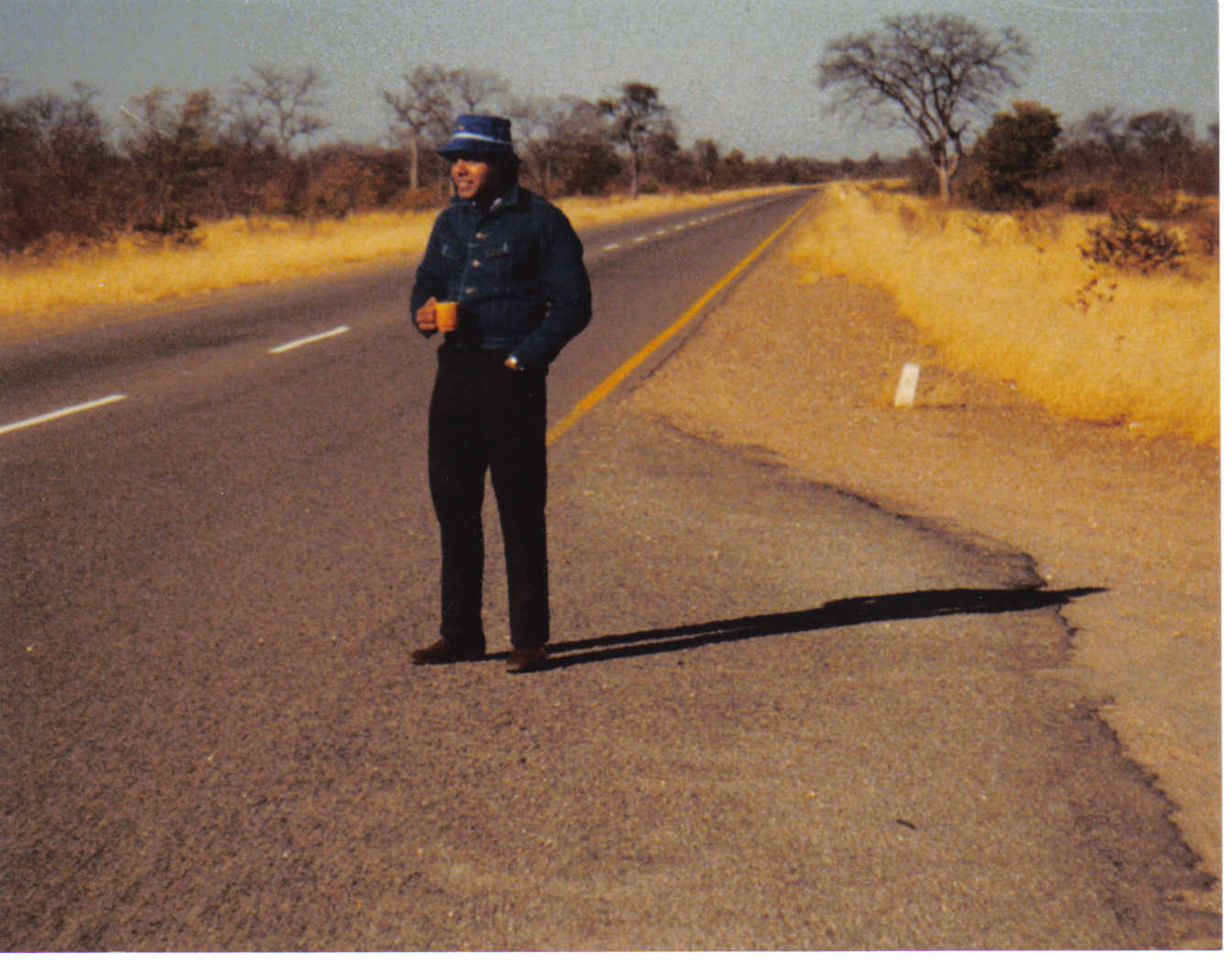
While content with making cars reflecting British pragmatism, Rover is aware of the changing world with its evolving tastes. Other manufacturers come out with designs that reflect this new tastes. It is time for an upgrade to the P4 that can compete against other British auto manufacturers.

1961 Rover T4 / Wikipedia.org
In 1961, a prototype for a likely new model is developed. This is the “T4” and takes its design cues from the innovative Citroen DS, Lancia Flavia, and Chevy Corvair cars. The T4 is powered by a Gas Turbine engine, and referred to as the “Jet Car.” It is the product of Rover’s sports division. Eventually, the Turbine Engine is abandoned, and in 1963, the new P6, based on the design of the T4 is launched. This is powered by a traditional gasoline engine.
The P6 is meant to be a relatively cheaper replacement to the traditional P4. Apart from the abandoning the turbine engine, the rest of the innovative designs are retained in the P6. These include a sleek, low slung body, detachable panels, sophisticated shockers, comfortable individual rear seats, and a leather trim. The stance is streamlined and sporty – a far cry from the Rover tradition. It is likely designed to compete with the Triumph 2000. With a 1,978 cc, 90 HP engine, it has a potential top speed of just under 100 mph. The “rebel” Rover has arrived. And it is so liked, it wins the “Car of The Year” award in 1964. The next major change occurs in 1966.
Rover P4 (L) Replaced by the Rover P6 / 2000 (R)
In 1966, the P6 motor is reduced in size to 1,966 cc. Much of the updates are mechanical. By 1967, there are two versions of the 2 Liter P6: the SC and the TC (Single, and Twin Carburetor) turning out 90 HP and 110 HP respectively.

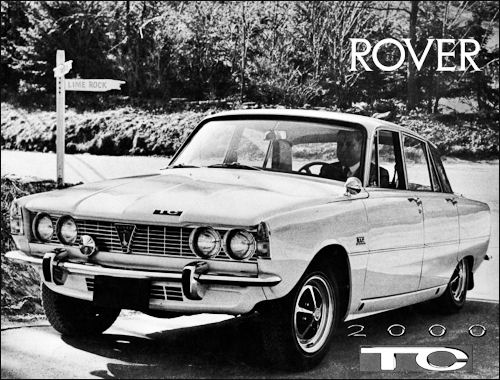
In 1968, a new, bigger V8 engine is introduced in the Rover 2000 line. Along with this, the power too, bumps up to 140 HP. This is the new Jaguar 3500 to complement the traditional P5. By now it has established itself as a sports sedan.
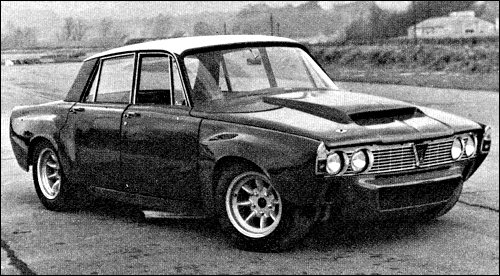
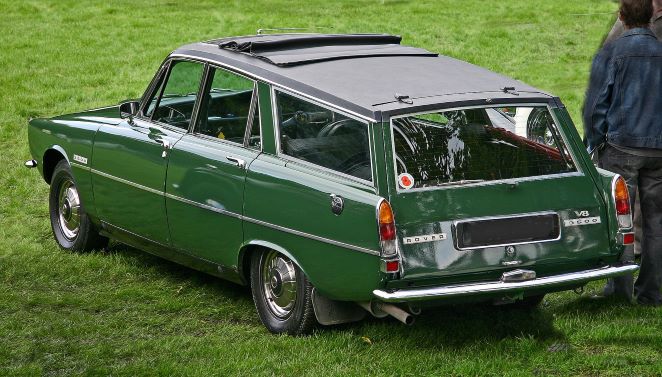
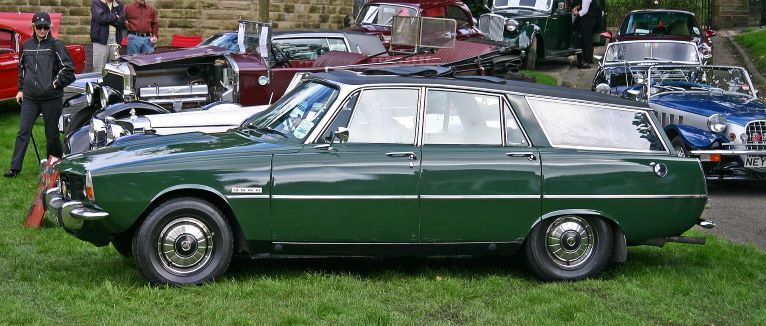
Later in 1969, an Estate version is introduced, as is a Saloon race version, or the 4500 V8. As the name implies, this has a 4.5 Liter engine capable of a whopping 345 HP!
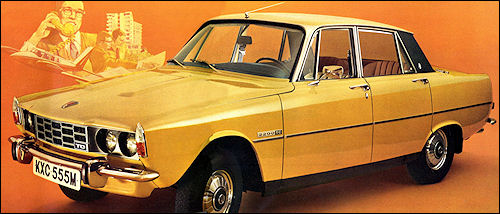
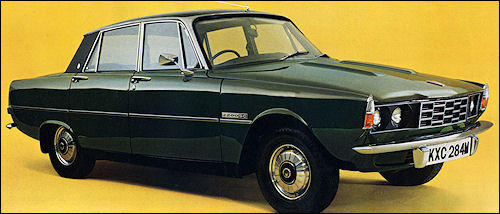
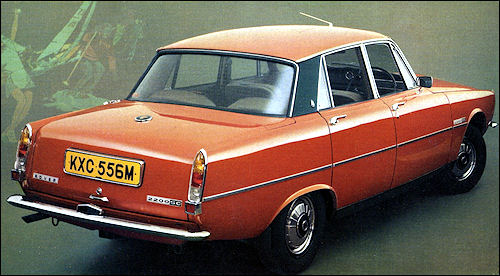
Over the early 70s, a further facelift is done to the vehicle. The engine variations available are the 2000/2200 SC/TC, 3500, and 3500S with power outputs ranging from 90 HP through 143 HP. However due to the complex engineering used in these vehicles, they are hard to maintain. So, by the mid-70s, it’s apparent that this Rover needs to be phased out. First the production of the 2000 is terminated leaving only the 2200 with the 3500.

Despite its good looks, this version of the Rover loses favor due to its unreliability. There are many reasons for this, but that’s another story unto itself.
In 1976, the Rover 2200/3500 is discontinued. Rover plans to introduce a new Rover 3500 hatchback design in 1977.
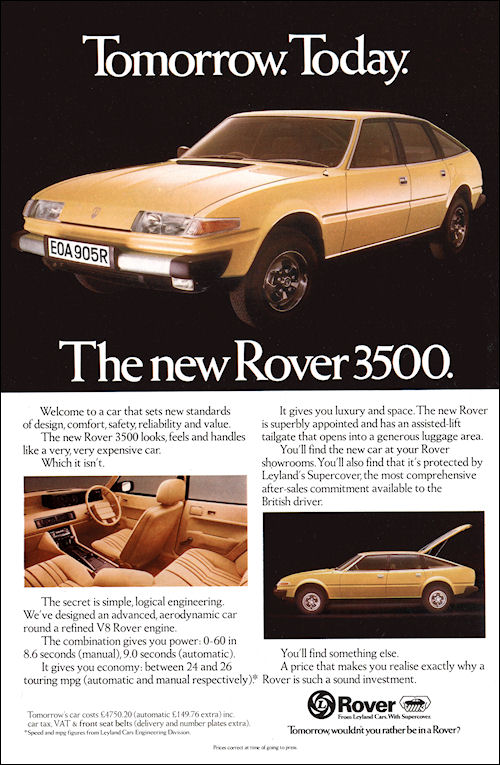
This is another jump in style for Rover. We will look at this new model sometime in the future. For now, we just want to remember the Rover that changed the look of Rover cars. Despite its issues, it’s streamlined design definitely solidifies the Rover P6/2000’s place as the “rebel of the family.”
Please feel free to give your input using the link below. I’ll be back with more automotive stuff later.
De Soto Automobiles – What Happened?
Is the 60s a Golden Decade for the Convertible?
Ford Capri – “Fun For the Common Man”